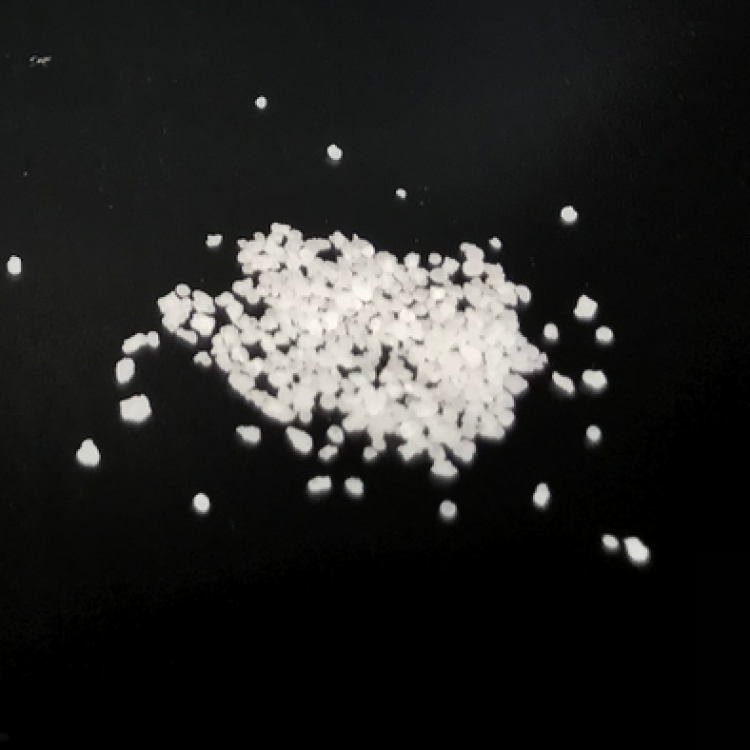Biotechnology | Diagnostics | Disease | Life Science History | Marine Science | Prehistory | Therapeutics
Chinese medical writings recorded decreases in goiter size upon ingestion of seaweed (iodine)
Early Chinese medical writings in approximately 3600 B.C. were the first to record the decreases in goiter size…
